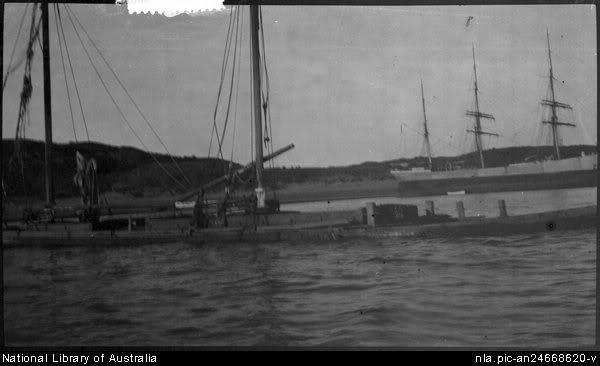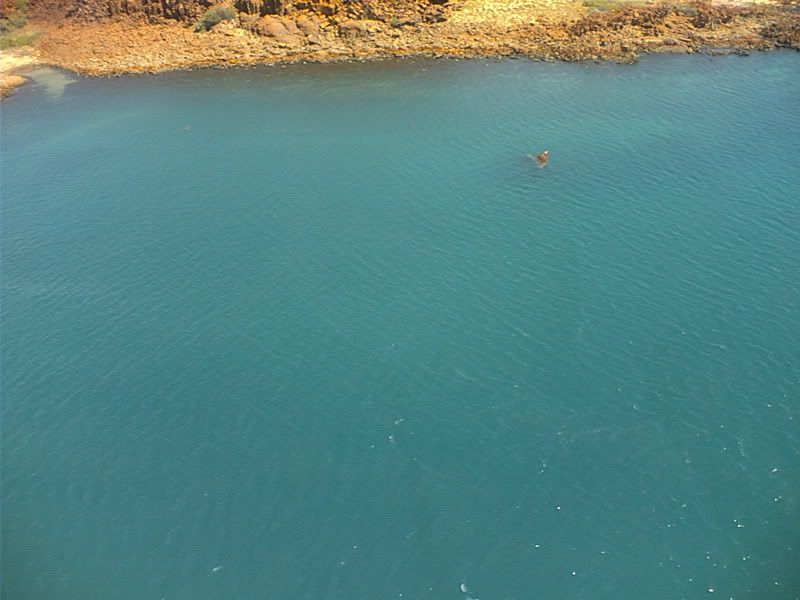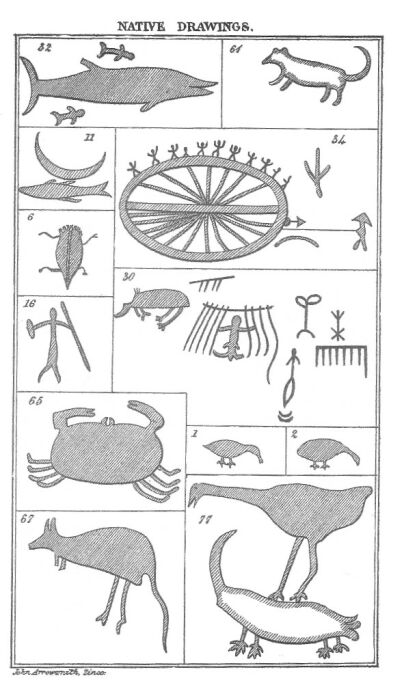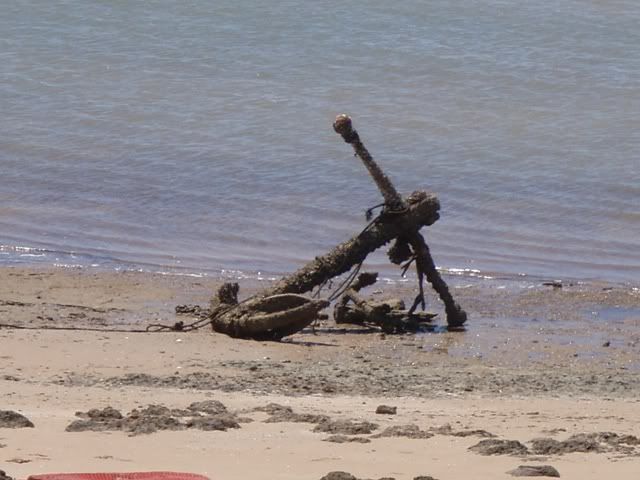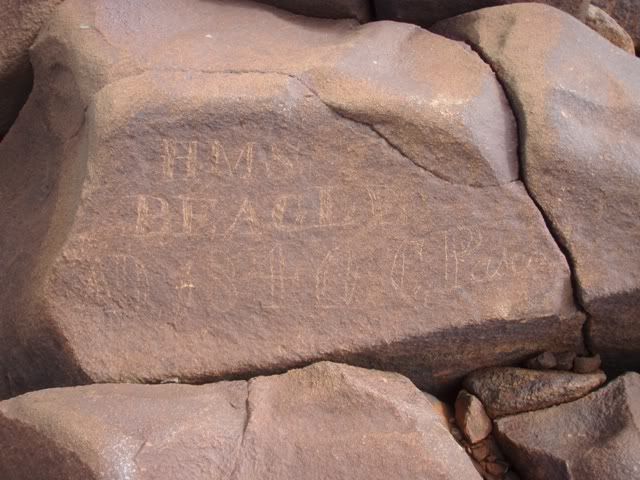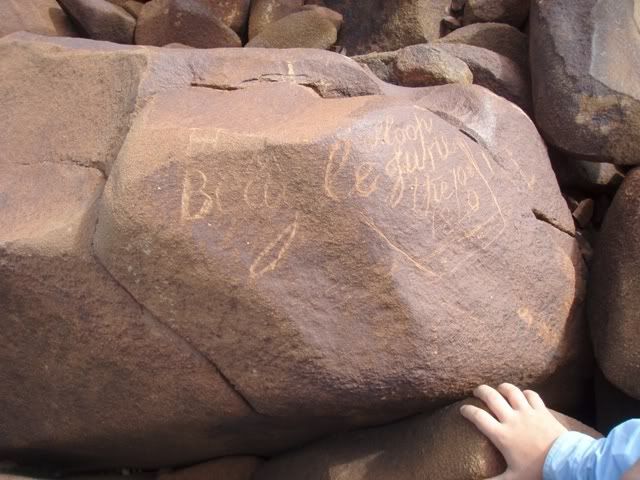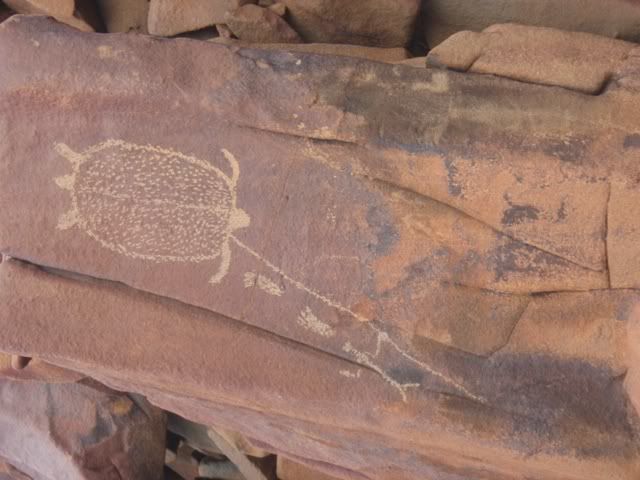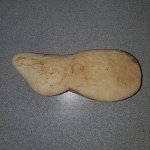Oceanscience
Full Member
- May 23, 2010
- 207
- 201
Just start by staking your first claim.
What do you need for that? There are legal requirements. What are they?
How many different samples do you need?
We know the gold is there, but we need to know we can get at it.
A sub-bottom profiler might give some very useful information.
Try to get an educated guess from a local geologist.
Perseverance will get you there!!!!!!!!!!!!!!!!
PS. I PM'd you with special information
What do you need for that? There are legal requirements. What are they?
How many different samples do you need?
We know the gold is there, but we need to know we can get at it.
A sub-bottom profiler might give some very useful information.
Try to get an educated guess from a local geologist.
Perseverance will get you there!!!!!!!!!!!!!!!!
PS. I PM'd you with special information





